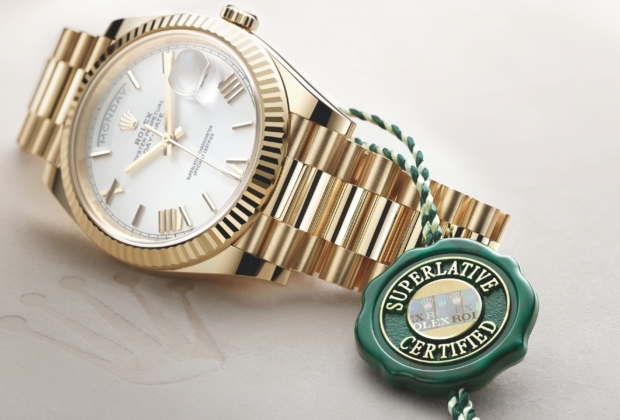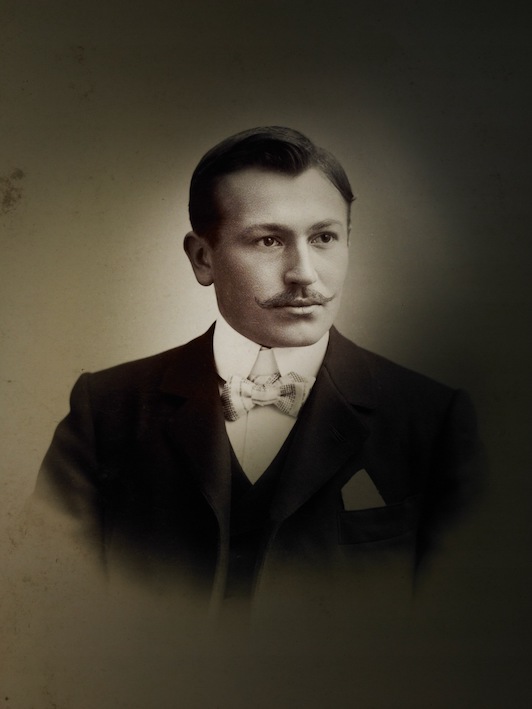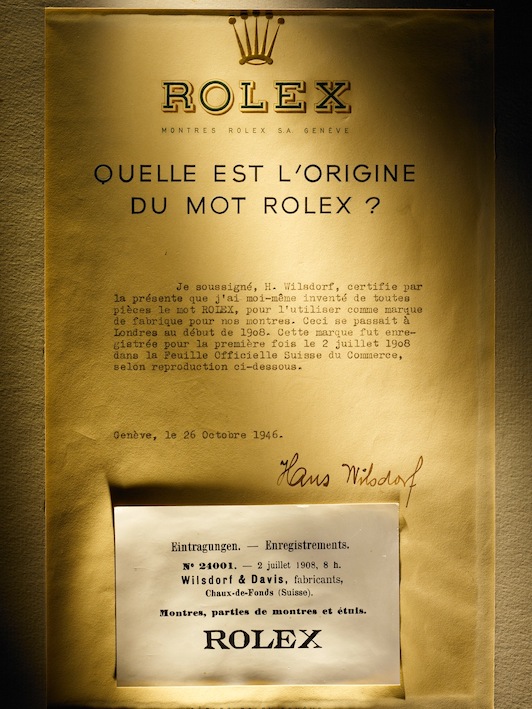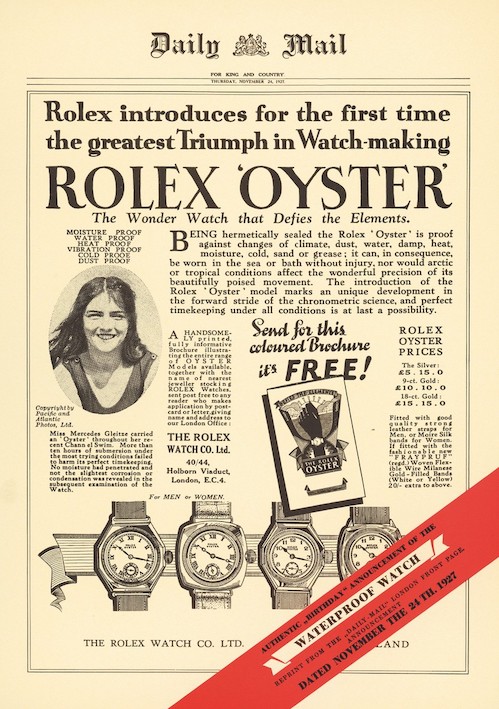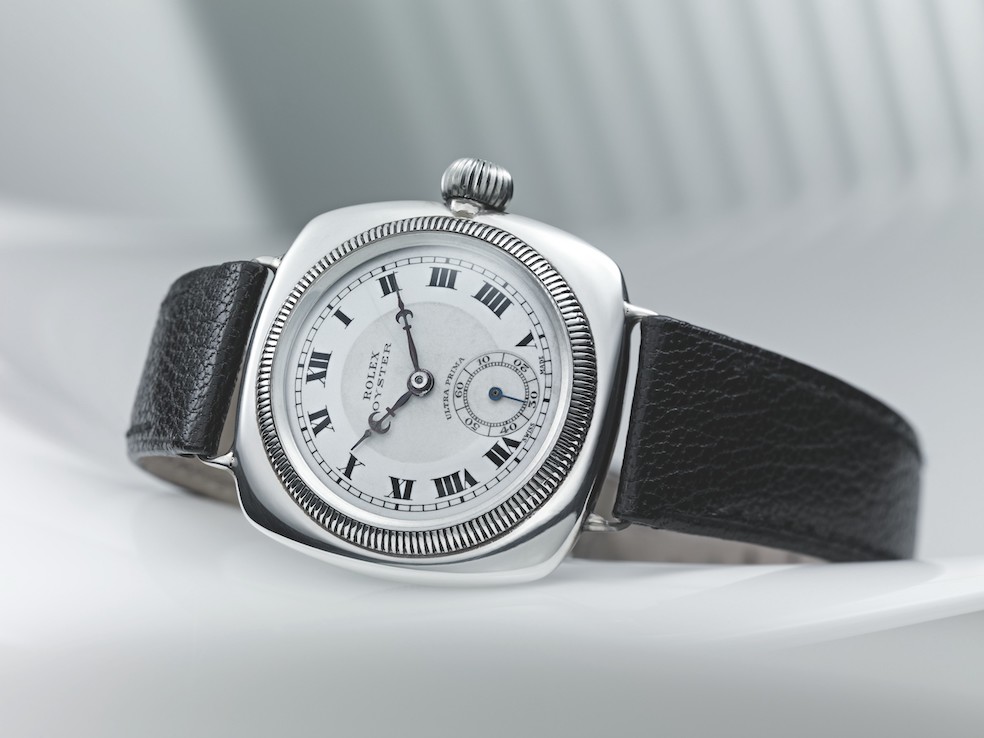When German watchmaker Hans Wilsdorf invented the name Rolex in 1908, he laid the foundation for what would become one of the world’s most renowned brands across all sectors. A stroke of genius that owes nothing to chance, deciphered for you by SoBARNES.
Today the wristwatch is one of the most common objects around. But this was not the case in 1908, when the pocket watch was the norm. When young Hans Wilsdorf decided to create his own company, Wilsdorf & Davis, shortly after moving to London, he firmly believed that the future belonged to the wristwatch, provided it was as robust and reliable as the eternal pocket watch. No trivial undertaking. Firstly this involved an unprecedented degree of precision timekeeping contained within a case of limited proportions so as to be worn on the wrist. Yet, as Hans Wilsdorf later recalled, “at that period, the wristlet watch was not at all popular; in fact, it was an object of derision. Watchmakers all over the world remained sceptical as to its possibilities and believed that this newfangled object was bound to prove a failure”. The rest is history...
This visionary also had another bold intuition: he believed that success would depend on a short and catchy brand name. A concept we are now familiar with in 2020, but that was revolutionary in the early 20th century. Indeed, at the time, each retailer – a jeweller or watchmaker – wanted to place their own name on the dial and not reveal the name of the supplier or manufacturer.
Once again ahead of his time, Wilsdorf set out 5 criteria that have not aged a day. He wanted a name that:
- was short, with no more than five letters
- was easy to pronounce in every language
- had a good ring to it
- was easy to remember
- looked good on movements and dials.
He explains how he considered several options before finding his inspiration: “I tried combining the letters of the alphabet in every possible way. This gave me hundreds of names, but none of them felt quite right. One morning, while riding on the upper deck of a horse-drawn omnibus along Cheapside in the City of London, a genie whispered ‘Rolex’ in my ear”.
A few days later the trademark was filed and officially registered in Switzerland, a master stroke that would shape the company’s future.
After having protected the name, Hans Wilsdorf had another challenge before him: to convince the retailers to include ‘Rolex’ on their watches. He proceeded a step at a time: “At first I ventured to inscribe ‘Rolex’ on one watch in every six, hoping that this watch would get through and be sold. Gradually, I dared to put it on two out of six, and later it appeared on three.” In 1926, the year of the launch of the Oyster, the waterproof wristwatch that marked the brand’s international development, Hans Wilsdorf vowed that, from that date forth, no single watch would be delivered without the ‘Rolex’ brand name figuring on its dial, case and movement.
Thus Rolex became a legend.
Infos : Rolex.com
Pictures © Rolex
Voir cette page en Français

